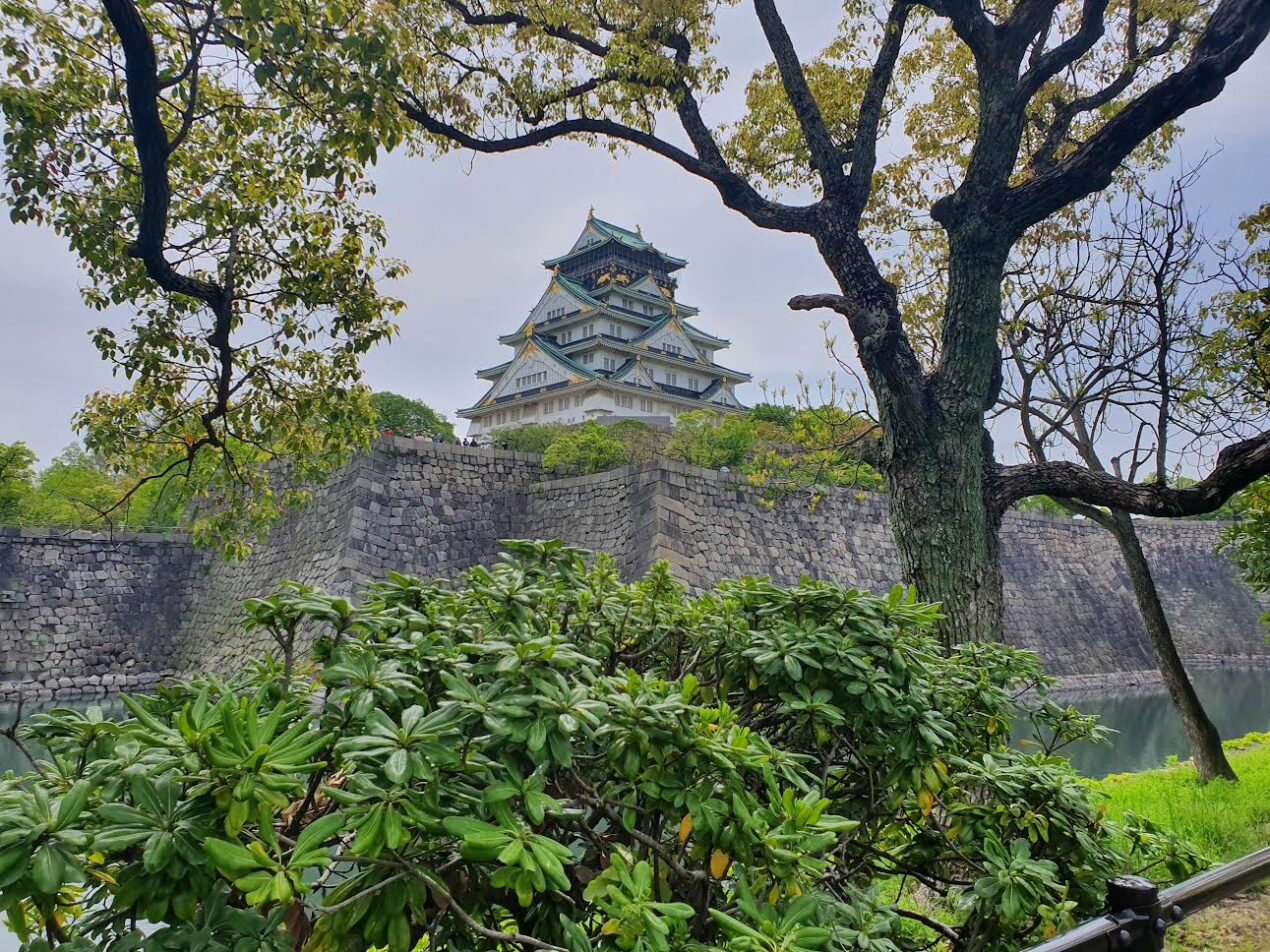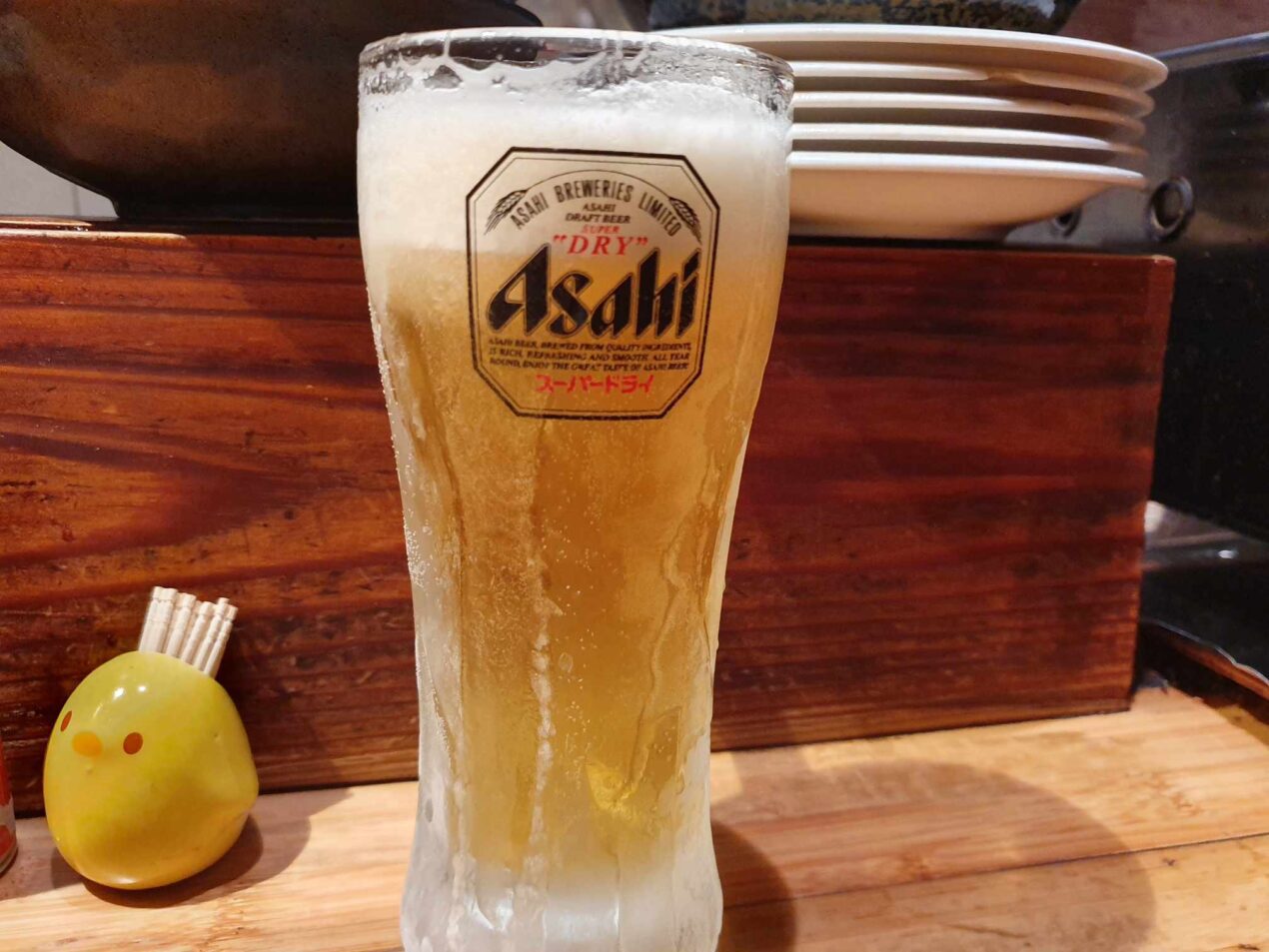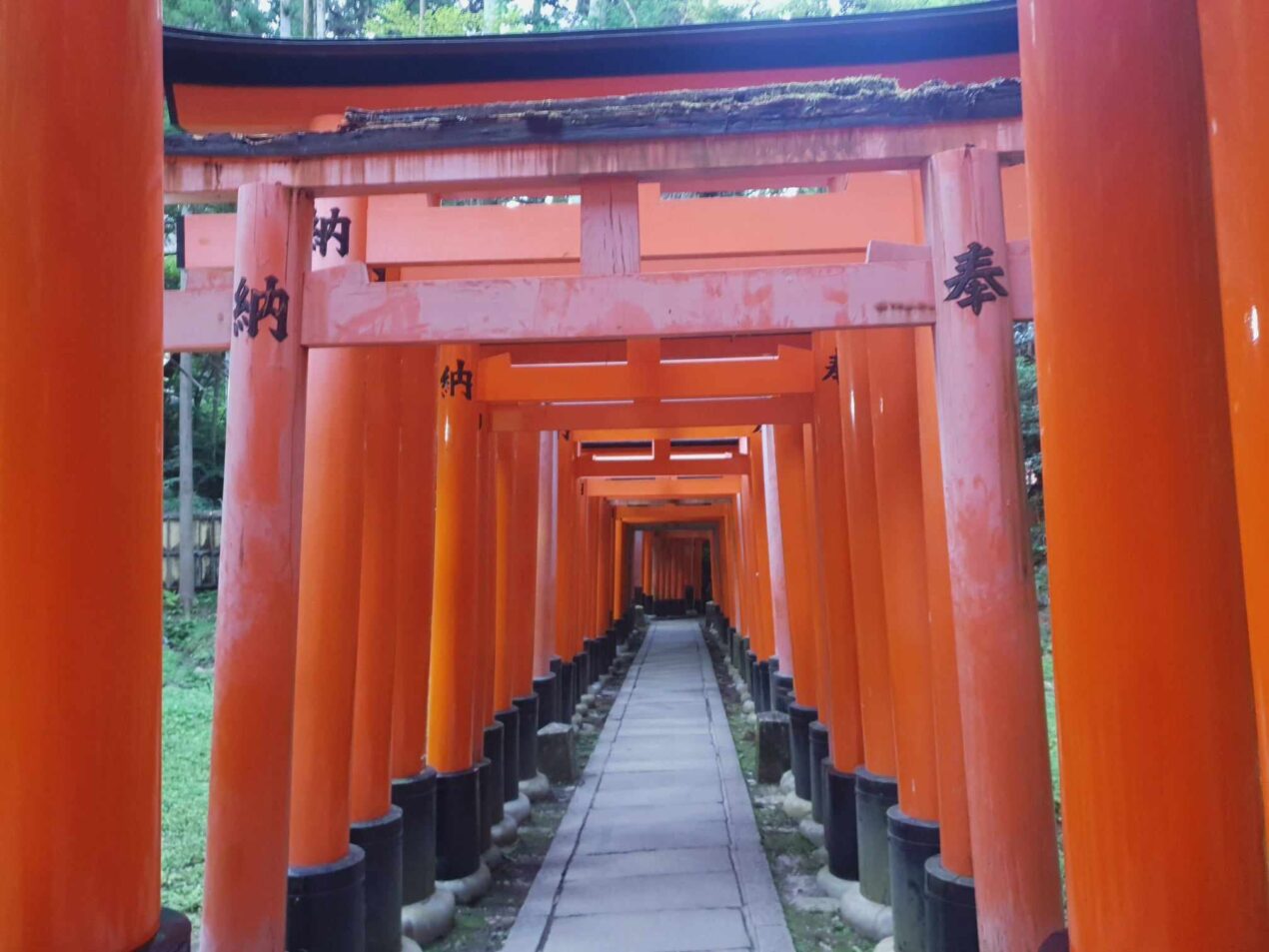4 of the Best Running Routes in Osaka to Get Your Miles in
You might not know this based on my name, ‘Big Body’, however, Big Body has always been a runner at heart. It started back in my sophomore year of high school when I was nicknamed ‘Taco’, thanks to a love for 89-cent tacos from Taco Bell and a portly frame. I think based on my bodacious thighs and round face, “Double Stuffed Burrito” may have been a more fitting nickname. Several soccer teammates of mine started a running club so that I could slim up and ask my high school crush to semi-formal.
The running club’s name? G.T.S. – Get. Taco. Sexy. We would run 5 km, two to three times per week, with the membership swelling from just several of us to over 10 runners at our peak. It worked and I stuffed my slightly less plump frame into an off-the-rack suit from Men’s Wearhouse to boogie the night away with my Catholic school queen. Since then, I’ve had an on-again, off-again relationship with running, logging anywhere from 0 to 2500 kilometers per year (at one point, going two years without any movement) – after which I resembled the love child of a Bulgarian powerlifter and John Candy.
I moved to Osaka at the height of my runner’s journey and was eager to see what the city had to offer. From my first night run around Osaka Castle to the interweaving, scenic paths along Osaka’s riverside, lush and manicured parks, and historic, vibrant temple runs, I was hooked. Osaka’s sheer number of accessible running routes (in and around the city), geared towards novices, seasoned runners, and everyone in between lays an inclusive foundation for one of the best running communities I’ve had the pleasure of experiencing.
This isn’t an article that lays out the route down to every turn and marker. However, I’ll provide as much information as possible (including my Strava maps). Here are four of the best runs in Osaka that were a part of my daily routine while living in ‘Japan’s Kitchen’.
Continue reading “4 of the Best Running Routes in Osaka to Get Your Miles in”…


